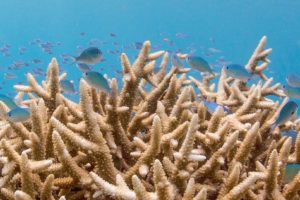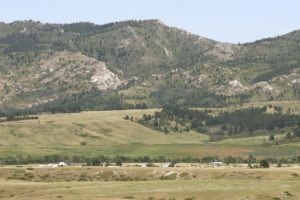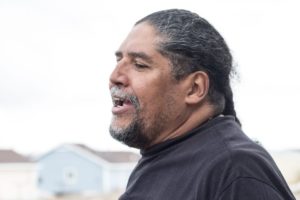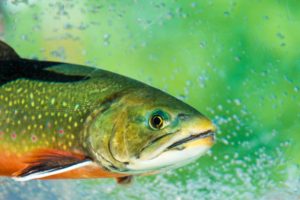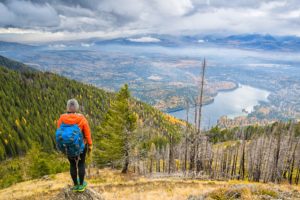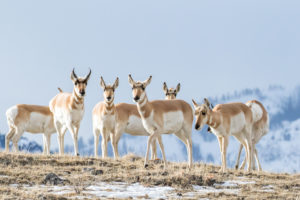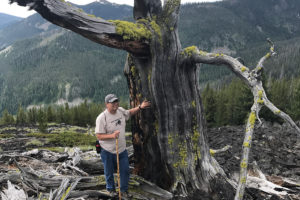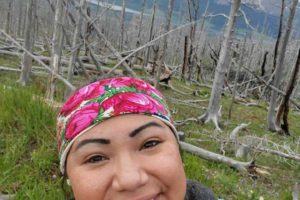‘Rules of Thumb’ for Marine Connectivity Conservation Released Today
The ecological connectivity of marine and coastal ecosystems is essential. It requires linkages that connect our oceans’ critical habitats, species, and natural processes. These connections allow a variety of species to move and they also sustain important ecosystem functions such as fish larvae dispersal, nutrient cycling, and carbon sequestration—the ocean’s ability to capture carbon dioxide from the atmosphere to slow climate change. To inform conservation efforts that maintain, enhance, and restore ecological connectivity of the oceans, a new publication was released today titled “Marine Connectivity Conservation ‘Rules of Thumb’ for MPA and MPA Network Design.”
